Text

Paul Atreides and Nausicaä of the Valley of the Wind.
Nausicaä, like many other sci-fi works was inspired by Dune. One example is the giant insects Ohmu getting their name from the Japanese pronunciation of worm (ウォーム) 🪱
Prints available ↓
Art Prints | Tip | Instagram
#illustration#artists on tumblr#my art#アート#studio ghibli#illustrators on tumblr#art#絵描き#dune part two#dune 2#dune movie#paul atreides#dune part 2#dune 2024#dune#nausicaä manga#nausicaä of the valley of the wind#nausicaa#kaze no tani no nausicaä#timothee chalamet
160 notes
·
View notes
Text
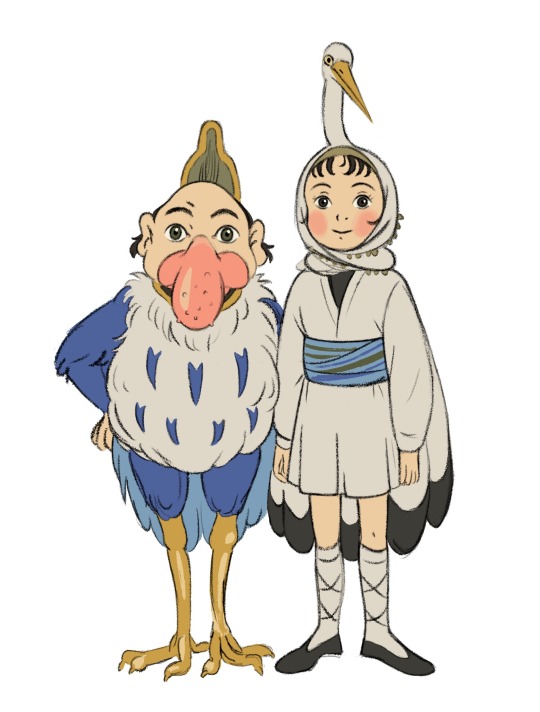
Birdman and Heron-girl 🦩
Birthday drawing for myself.
My Instagram
#the boy and the heron#illustration#artists on tumblr#my art#アート#illustrators on tumblr#art#絵描き#studio ghibli#君たちはどう生きるか#鷺男#鷺少女#Heron girl#birdman#ghibli#スタジオジブリ
105 notes
·
View notes
Text
Happy New Year, everyone! 🐉🌅 Hope it’s a wonderful one for you and your loved ones.
I couldn't decide which of three sketches to go with, so I finished all of them. They're still kind of sketchy.



#illustration#artists on tumblr#my art#アート#studio ghibli#illustrators on tumblr#art#絵描き#bulgaria#spirited away#ghibli#bulgarian folklore#dragon new year#dragon#slavic folklore#slavic#bulgarian ar#Happy New Year#българия#български фолклор#сурва весела година#нова година
59 notes
·
View notes
Text

私と共に生きてくれ。”I can’t tell you how happy I was when you chose to come back and leave the pure land unsullied. That’s when I realized that the purpose of this journey was for me to meet you. Live your life with me, Nausicaä.”

“Trust me Nausicaä, turn you body over to me for the moment. “
I turned some manga panels into movie stills, because I love Nausicaä and Selm, but the anime doesn’t even show us Selm.
#illustration#artists on tumblr#my art#アート#studio ghibli#illustrators on tumblr#art#絵描き#nausicaä of the valley of the wind#nausicaa#kaze no tani no nausicaä#nausicaä manga#miyazaki hayao#hayao miyazaki#the boy and the heron#君たちはどう生きるか#宮崎駿#スタジオジブリ#風の谷のナウシカ#ナウシカ#ナウシカとセルム#Nausicaa and Selm
298 notes
·
View notes
Text
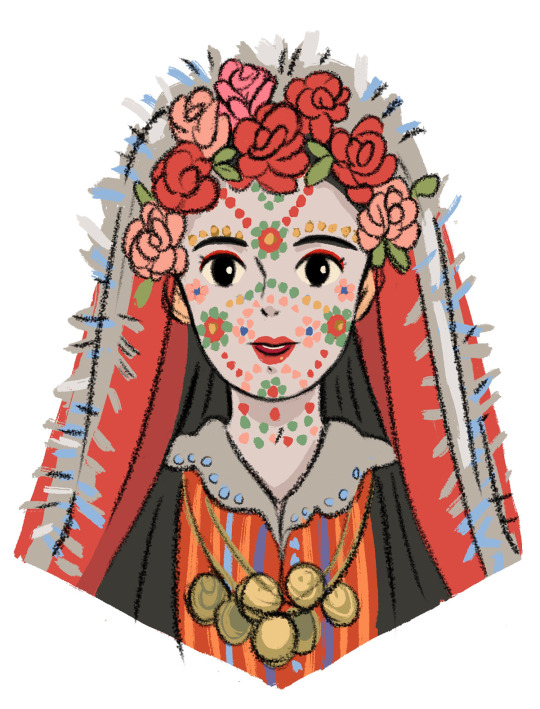

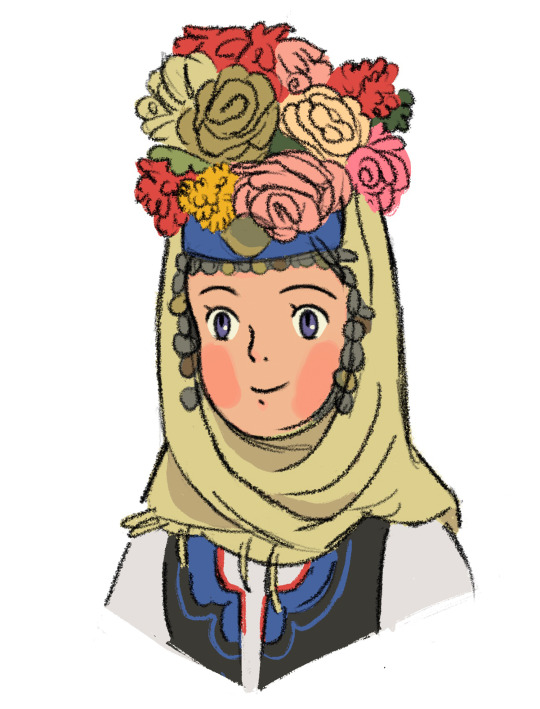

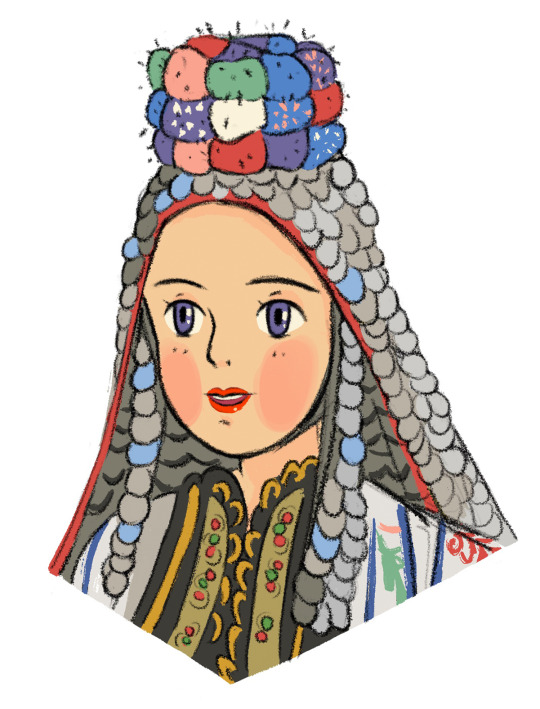

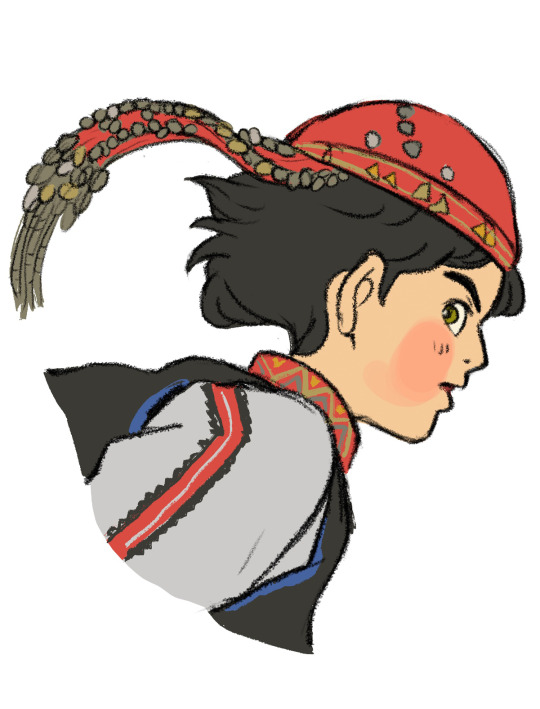



Ghibli men and women in Bulgarian headdress 🇧🇬 This is the third, and last part—continuation to this post.
The last two illustrations are based on the Ghibli movie 'Only Yesterday'. In the scene when the protagonist, Taeko, picks safflower, the Bulgarian song 'Malka Moma Dvori Mete' plays in the background. In my interpretation, she's picking rose petals in the Bulgarian Rose Valley. 🌹
My Instagram
#illustration#artists on tumblr#my art#アート#studio ghibli#art#絵描き#bulgaria#howls moving castle#kikis delivery service#the borrower arrietty#spirited away#princess mononoke#the boy and the heron#魔女の宅急便#ハウルの動く城#もののけ姫#千と千尋の神隠し#君たちはどう生きるか#借りぐらしのアリエッティ#ブルガリア#スタジオジブリ#宮崎駿#hayao miyazaki#how do you live#illustrators on tumblr#illustrator#illustragram#isao takahata#toshio Suzuki
3K notes
·
View notes
Note
as an italian-bulgarian growing up watching miyazaki's work, your art brings me an undescribable comfort, like shelter i'd say?? i showed your drawings to my mom and she was so excited, she has the same as you :)
It makes me so happy to read this. Thank you so much for sharing it with me! ♡♡♡
5 notes
·
View notes
Text
Bulgarian Music in Studio Ghibli films
”Myth has it that Orpheus was born in what is now Bulgaria. It seemed to be fact, not myth, that his daughters are still singing there”
These words were written by the New York Times in the remote 1963 — the year in which the largest Bulgarian folk ensemble crossed the Iron Curtain to conquer an entire continent with its cosmic art.
The 1975 release of Le Mystère des Voix Bulgares, a compilation album of modern arrangements of Bulgarian folk songs, further popularized Bulgarian music, and in 1977, a vinyl record featuring the folk song “Izlel ye Delyo Haydutin” (Eng: Come out rebel Delyo) began its journey aboard the Voyager 1 and Voyager 2 spacecrafts.
From this point on popularity from the West spread to the East, and Bulgarian folk music made it to the entertainment industry, including legendary Japanese anime films, like the cult cyberpunk “Ghost in the Shell” or the heartwarming Studio Ghibli features.
In this short article I write about two occasions of Bulgarian music playing in Studio Ghibli’s films.
The record that inspired the creation of “Only Yesterday”
“Only Yesterday” is a 1991 Japanese animated drama film written and directed by Isao Takahata, based on the 1982 manga of the same title by Hotaru Okamoto and Yuko Tone. Set in rural Japan, the film draws parallels with the peasant lifestyle present in Eastern Europe.
The original work is a compilation of short stories about 11-year-old Taeko’s daily life in 1966. Director Takahata had a hard time making it into a movie since the manga, told in the form of a memoir, has no plot to hold a feature. Together with producer Toshio Suzuki, they came up with the solution of bringing the narrator of the story, adult Taeko, into the movie. But there is a curious anecdote about how this idea came to mind.
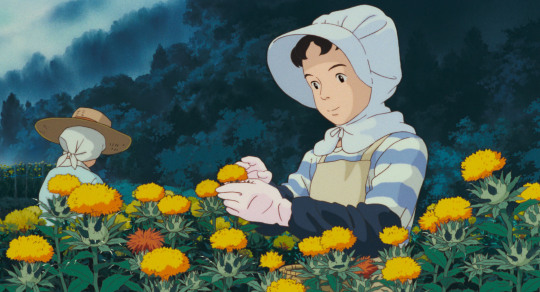
Taeko picks safflower as the Bulgarian song “Malka moma dvori mete” plays in the background. © Studio Ghibli
In a 2021 interview with students from Sofia University St. Kliment Ohridski, producer Suzuki recounts how a record of Bulgarian songs performed by the children choir “Bodra Smyana”, introduced to him by director Takahata, inspired the creation of the movie. Moved by the cosmic voices of the children, they decided to make “Only Yesterday” a musical. He also recalls what a tiring process it was to acquire the rights to the music, but if you’ve seen the movie, I am sure you will agree that it was worth it; the haunting, beautiful songs with the pastoral images of farmers picking flowers contribute to one of the greatest scenes created in cinema.

Producer Suzuki showing the record that inspired the creation of ”Only Yesterday”. Source: Studio Ghibli’s Twitter
In “Only Yesterday”, we can hear two songs from the album Bulgarian Polyphony I by Philip Koutev Ensemble. The upbeat “Dilmano Dilbero” [Eng. beautiful Dilmana] sets a happy mood as the protagonist gets changed and ready to go on the field. As the scene shifts and Taeko starts narrating a sad story about the girls in the past picking safflower with their bare hands, the song and mood shift as well.
While the first song has a fast rhythm, with lyrics about pepper planting that can also be interpreted figuratively, the second one, “Malka Moma Dvori Mete” [Eng., a little girl sweeps the yard], is a ballad about a young girl who is forced into marriage but has never known true love.
Both compositions sing about life-cycle events like marriage and the regular coming of the harvests, with lyrics perfectly fitting the setting and plot of the movie, which makes me wonder if the filmmakers chose them by chance or if they had someone translate the words.
Bulgarian Cosmic Voices Enchanting Howl
“Howl’s Moving Castle” is a 2004 Japanese animated fantasy film written and directed by Hayao Miyazaki, loosely based on the 1986 novel of the same name by British author Diana Wynne Jones. Set in a fictional kingdom the movie draws inspiration from various places in Europe. One of them being Bulgaria.
The story focuses on a young girl, named Sophie, magically transformed into an old woman, and a self-confident but emotionally unstable young wizard, Howl, living in a magical moving castle.
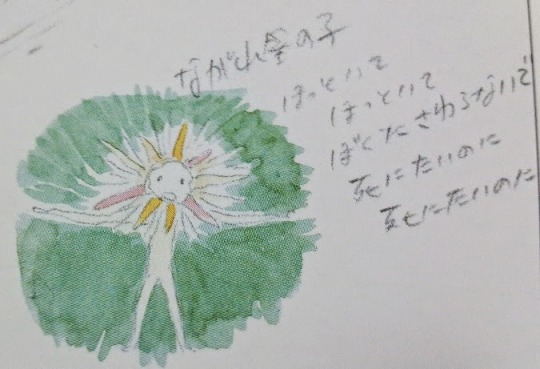
A sketch of a Star Child. Source: The Art of Howl’s Moving Castle
If you’ve seen the movie, you surely remember the scene when Madame Suliman ambushes Howl and tries to strip him of his magic powers. Star Children encircle him and his companions; their shadows grow big, dark and intimidating. They start dancing and chanting unintelligible magic words and are almost successful in their devilish act.
This scene, together with the music played in the background, have been a favourite of many fans of the film. Some even recount it giving them nightmares when they were children.
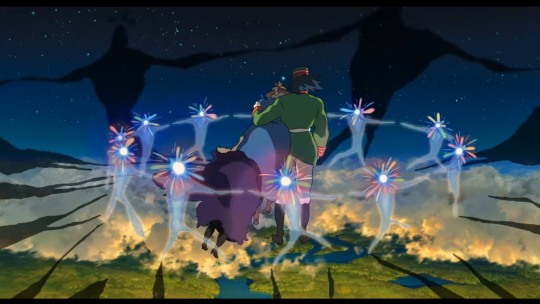
Star Children encircle Howl in an attempt to strip him of his magic powers. © Studio Ghibli
It turns out, however, that these aren’t any incantations, but the lyrics of a folk song. In Bulgarian. And a love song! Contrary to popular belief, the lyrics have nothing to do with magic and are actually about a boy taking his sweetheart, Dona, to the market to buy her new clothes. The excerpt used in the movie is very short and a bit altered from the original, but the words used go like this: Trendafilcheto, kalafercheto, Done mamino, translated as “the rose, the costmary, my darling Dona”.
I am planing a follow up article where I will post the translated lyrics together with a brief explanation on how they are related to the movies.
If you want to comment on or add something, I would love to hear!
Source
#studio ghibli#only yesterday#howls moving castle#Le Mystère des Voix Bulgares#bulgarian folklore#bulgaria#toshio suzuki#hayao miyazaki#isao takahata#bulgarian music in ghibli films#the boy and the heron#スタジオジブリ#ブルガリア#おもひでぽろぽろ#ハウルの動く城#宮崎駿#高畑勲#鈴木敏夫#bulgarian music
578 notes
·
View notes
Text

Зa моята баба/ For my grandma 🕊️
This illustration is based on Nausicaä. I think she’s the strongest and bravest Ghibli character. Years ago, when I read the manga, I wanted to become like her. She’s kind, brave, and independent; she’s an idea that has transcended this world. But now I realize she’s also the loneliest Ghibli character.
She’s also the character who loses the most: her father, her village, the Ohmu, Lord Yupa, Teto, and her adoptive child, the Giant God Warrior. And she has to put aside all her sorrow and move on because the whole world relies on her. ❤️🩹 The weight she carries on her shoulders is way too heavy. I hope she finds happiness.🥺
#illustration#artists on tumblr#my art#アート#studio ghibli#illustrators on tumblr#絵描き#nausicaa#nausicaa of the valley of the wind#art#風の谷のナウシカ#ナウシカ漫画#ナウシカ#ブルガリア#ブルガリア民族衣装#bulgaria#folk costume
251 notes
·
View notes
Note
I love your art more than I can say!! You've truly made my day
Thank you so much! You made my day too ♡
3 notes
·
View notes
Text
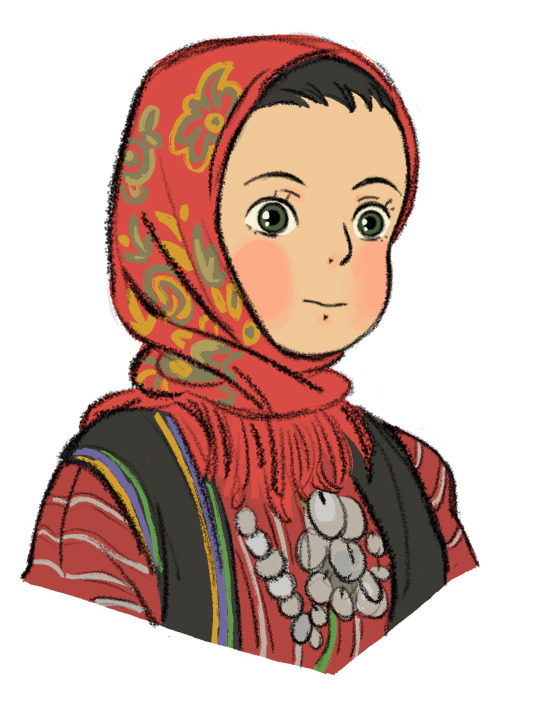

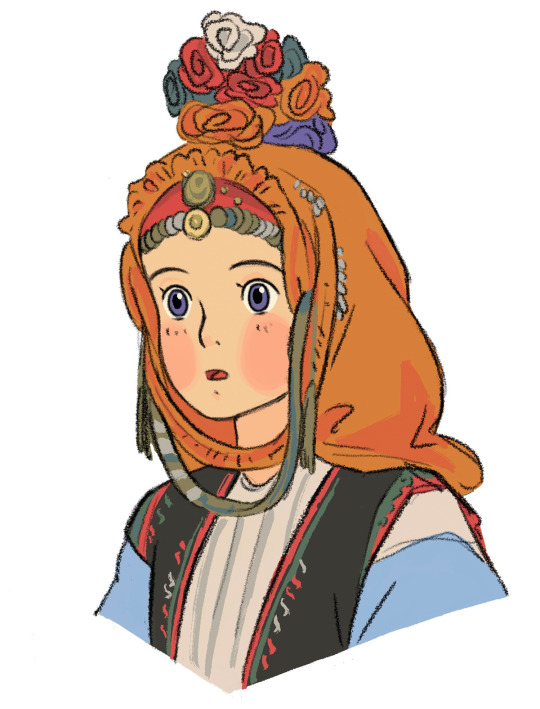


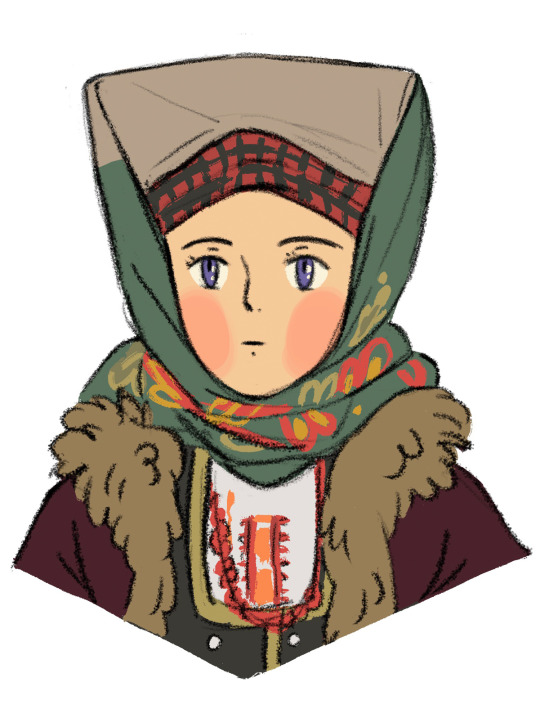

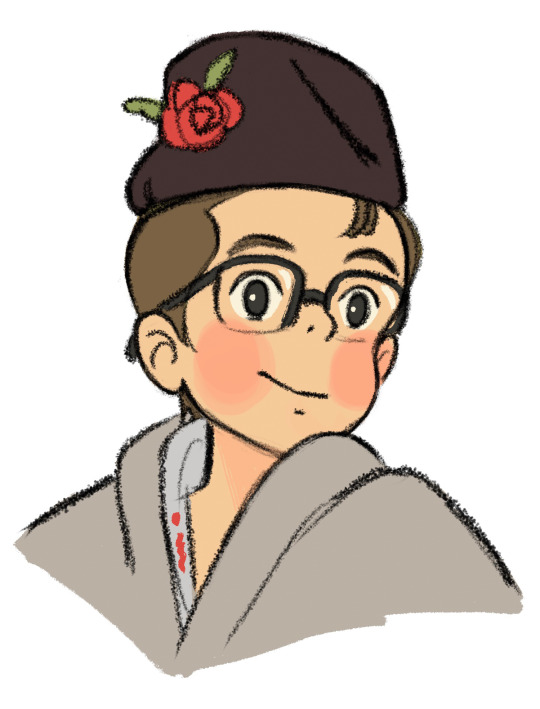
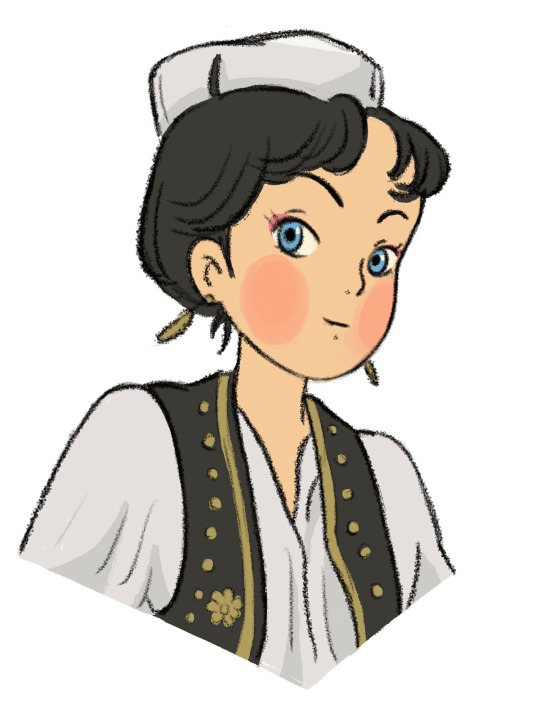
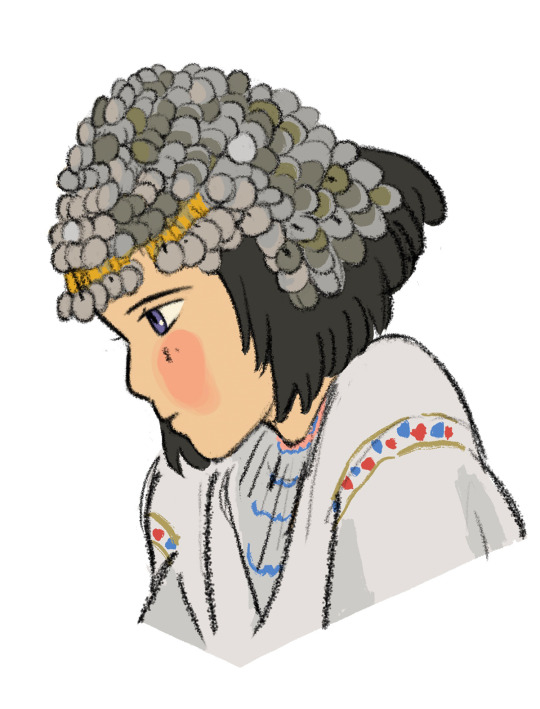
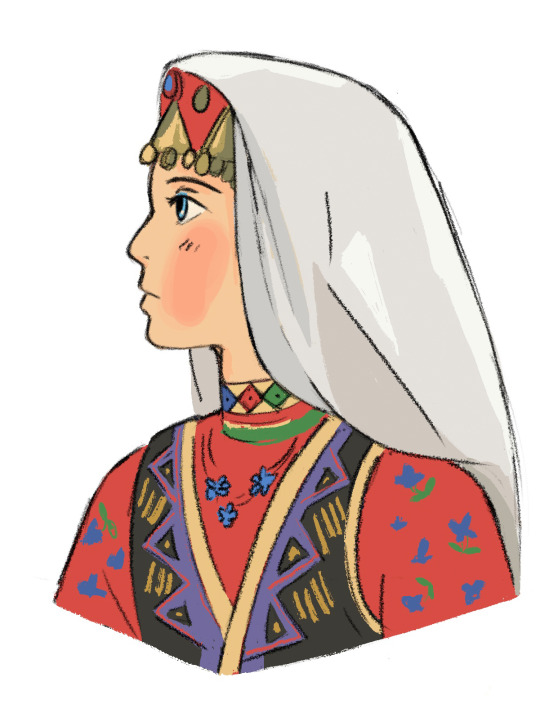
Ghibli men and women in Bulgarian headgear 🇧🇬 This is the second part—continuation to this post. Shortly I will upload the remaining ones in a third post.
My Instagram
#illustration#artists on tumblr#my art#アート#studio ghibli#art#絵描き#bulgaria#howls moving castle#kikis delivery service#when marnie was there#the secret world of arrietty#the borrower arrietty#spirited away#princess mononoke#the boy and the heron#魔女の宅急便#ハウルの動く城#もののけ姫#千と千尋の神隠し#君たちはどう生きるか#借りぐらしのアリエッティ#ブルガリア#スタジオジブリ#宮崎駿#hayao miyazaki#how do you live#illustrators on tumblr#illustrator#illustragram
1K notes
·
View notes
Text
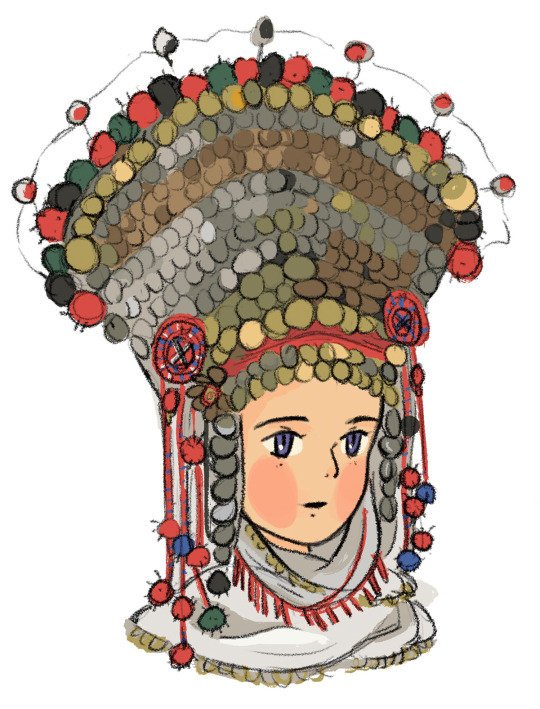
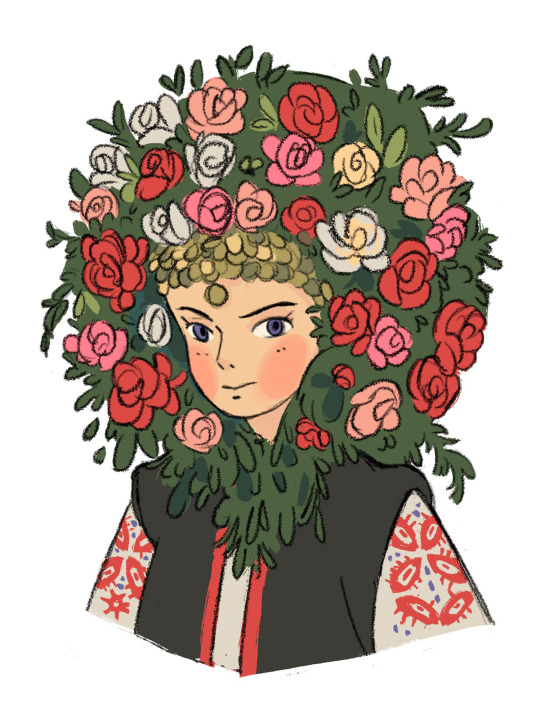

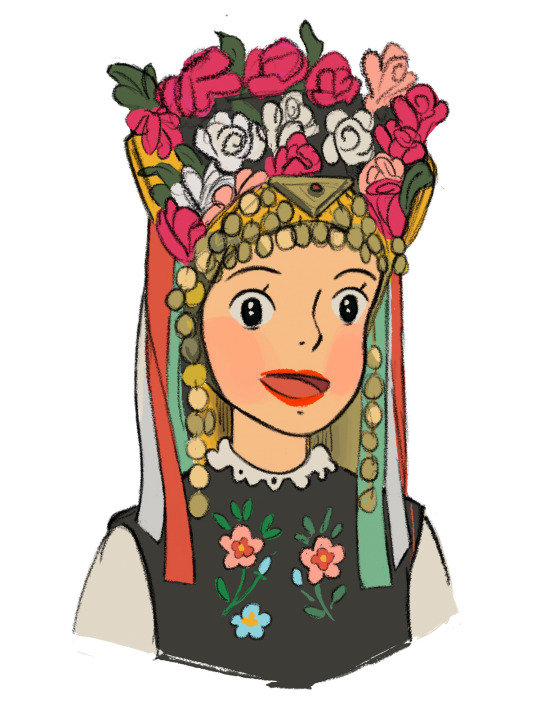

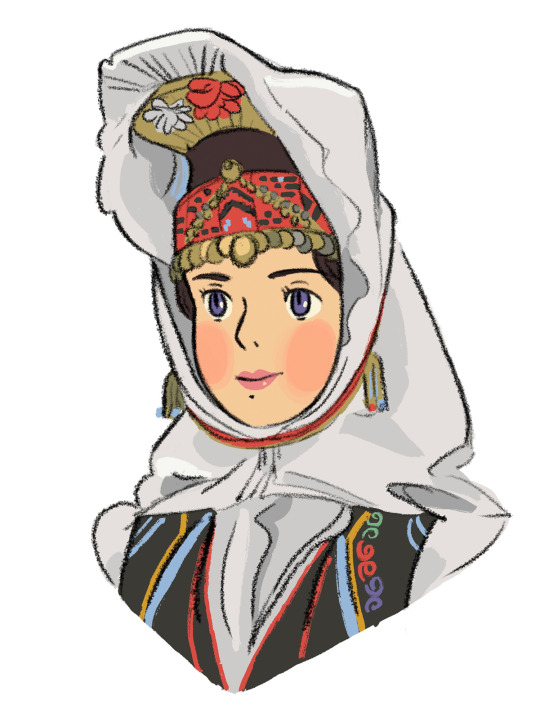
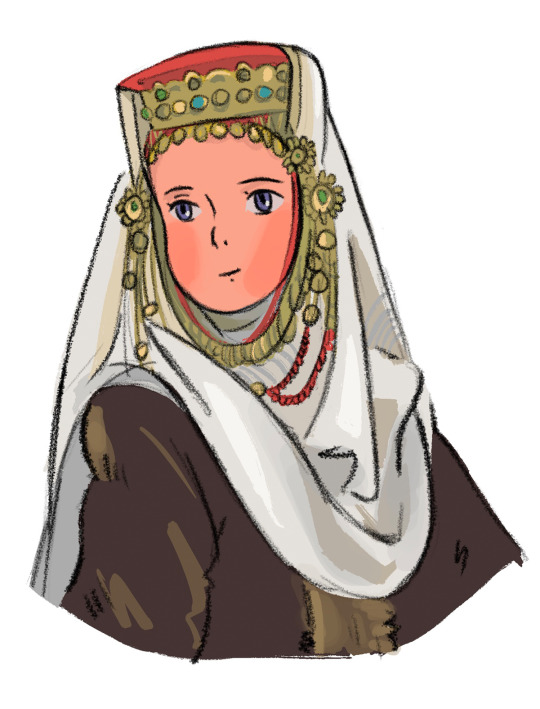
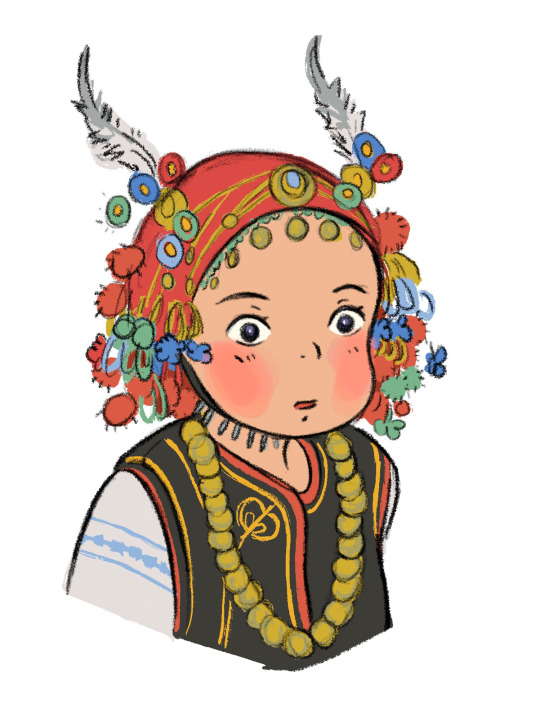
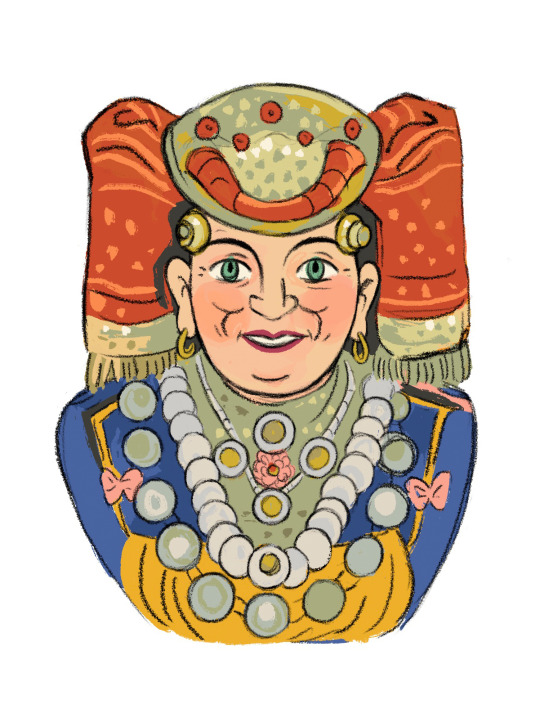
Ghibli women in Bulgarian festive headgear 🌹 inspired by this tumblr post. I have more of them on my Instagram page.
#illustration#artists on tumblr#my art#アート#studio ghibli#art#絵描き#bulgaria#bulgarian folklore#ブルガリア#anime#ghibli girls#miyazaki hayao#hayao miyazaki#bulgarian girls#princess mononoke#porco rosso#on your mark#kiki's delivery service#spirited away#castle in the sky#もののけ姫#千と千尋の神隠し#紅の豚#天空の城ラピュタ#ハウルの動く城#howl's moving castle#宮崎駿監督#宮崎駿#スタジオジブリ
4K notes
·
View notes
Text
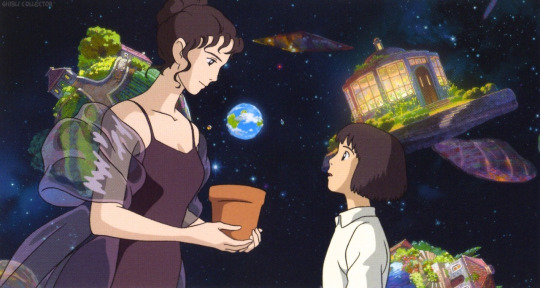

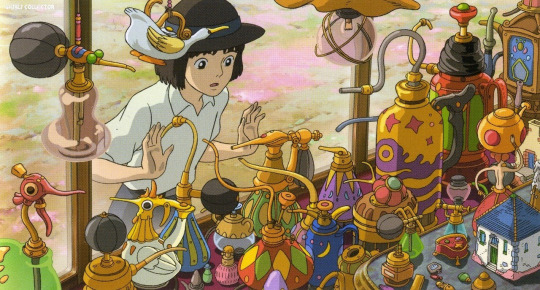


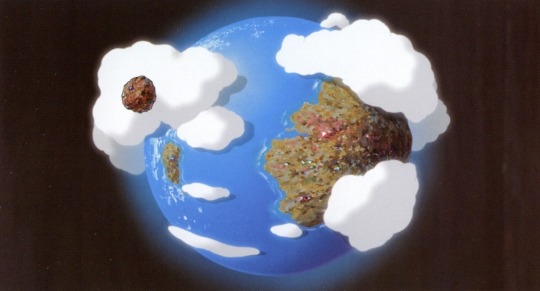



Did you know Studio Ghibli made a film in 2006 based on the young Howl? Many Japanese people believe this character is based on Howl as a youth as seen when Sophie travels through time. The film is called “the Day i bought a star” (Hoshi O Katta Hi) and as we know Howl has had childhood experiences with stars, also being known as ‘the boy who swallowed a star’.
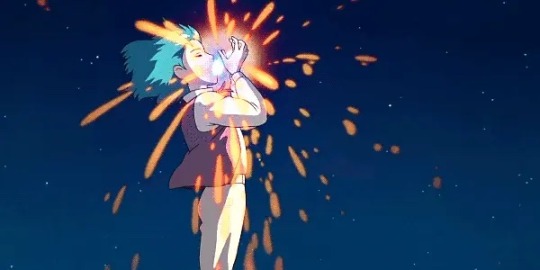
The short film 16 minutes in length was written and directed by Miyazaki and is shown exclusively in Tokyo’s Ghibli Museum and the new Ghibli Park in Aichi prefecture but the story is a partial adaption of book by the same name by Naohisa Inoue (you might recognise art style visuals from the fantasy sequences of Whisper of the Heart also drawn by Inoue).
As you can see from the images above the film also features a magical woman older than Howl (could that be a certain mentor witch? 🤣) and a boy who looks very like Howl who lives on his own in the country side. The film was also Miyazaki’s first project directly after the release of Howl’s Moving Castle in 2004.
I’ll not go into the story except to say it’s a beautiful and mystical ethereal tale that leaves you with a lot of unanswered questions and i hope you all get to see it in the Museum or Park some day! But for any of you reading who are lucky enough to have seen it please comment your thoughts 🥳
3K notes
·
View notes
Text

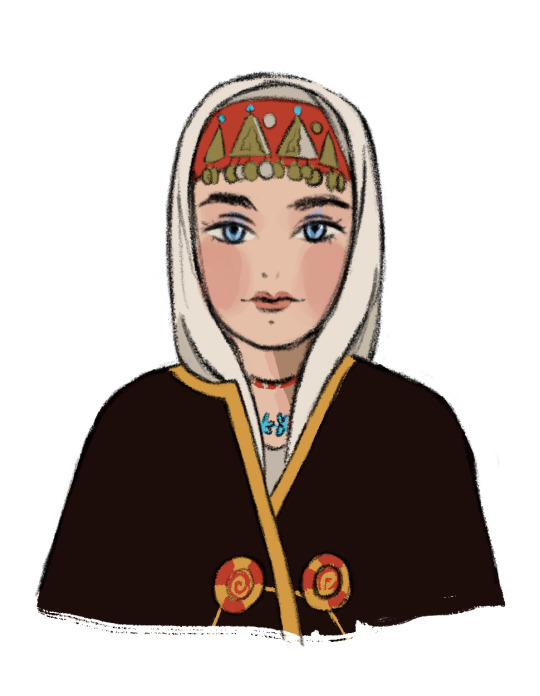
Каролина и Аника Романови/ Karolina and Anika Romanov.
Source
#illustration#my art#artists on tumblr#art#bulgarian girls#bulgaria#bulgarian folklore#rhodope mountains#studio ghibli#ブルガリア#アート#絵描き#anika i karolina romanovi#anika i karolina#аника и каролина романови#сестри романови#родопи#българия
44 notes
·
View notes
Text
Kuker
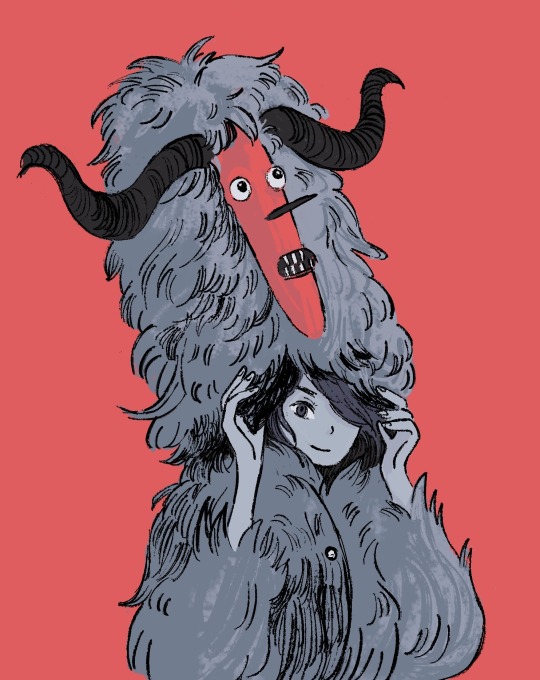
Kuker 👺👹
source
#kukeri#my art#illustration#artists on tumblr#kuker#Кукер#Кукери#art#クケリ#studio ghibli#ジブリ#ブルガリア#bulgaria#bulgarian folklore#Kuker#България
125 notes
·
View notes
Text
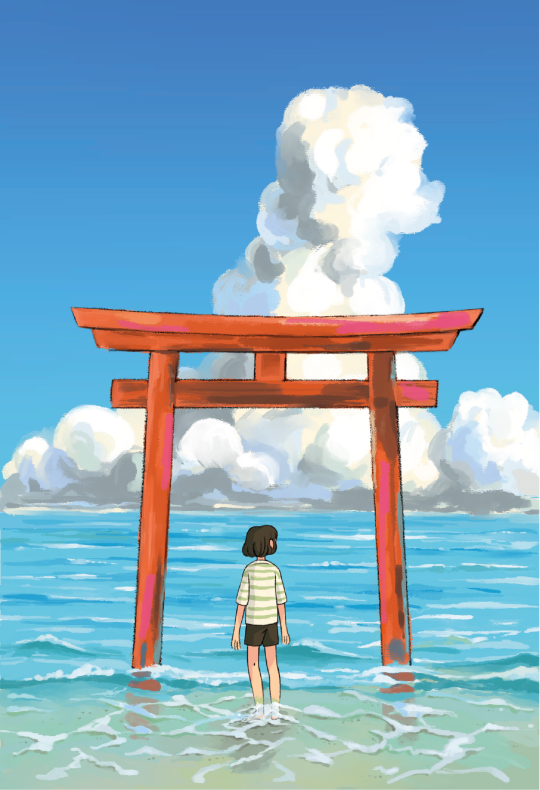
Portal ⛩️
Open for commissions!
Source
26 notes
·
View notes
Text
Six Yōkai references to Studio Ghibli films
An avid lover and aficionado of Studio Ghibli’s work, I see references to and from it practically everywhere. Most recently at an exhibition about yōkai.
Yōkai are a class of supernatural creatures that roam the realm of spirits in Japanese folklore. The Japan Foundation organised traveling exhibition titled “Yōkai: Supernatural Monsters from Japan” introduces these curious spirits through a diverse range of media, including nishiki-e prints, emaki picture scrolls, sculptures, toys and films.
Apart from the harmonious and subtle color palettes, the lush and peculiar imagination of the ancient artist, his experienced hand drawing each brush stroke, and the excitement of seeing a picture scroll in real life, what really intrigued me were the images that looked like a scene from a Studio Ghibli film. Listed below are some of the references I spotted.
1.Mount Ōe Picture Scroll and Princess Mononoke
First in line was this one illustrating the heroic tale of the brave samurai Minamoto no Yorimitsu, who, according to legend, exterminated the quintessential yōkai Shuten-dōji, a mythical oni or demon leader of Japan. Although decapitated, the demon’s detached head still took a bite at the hero, who avoided death by wearing multiple helmets stacked on his head.


Close-up of Shuten-doji biting at his decapitator. Source: The Japan Foundation
In Princess Mononoke, on a few occasions Lady Eboshi warns her people that it will take more than a single shot to kill a wolf god: “A wolf’s severed head can still bite.” Ignoring Ashitaka’s warning and attempt to stop her from committing yet another godslaughter, Eboshi succeeds in murdering the Forest Spirit. This victory is short-lived, however, as soon after Eboshi gets her well-deserved punishment for angering the gods when the wolf god Moro’s decapitated head bites off her right arm: “Moro’s head. It moved on its own,” feels like Eboshi had foreshadowed her own misfortune.
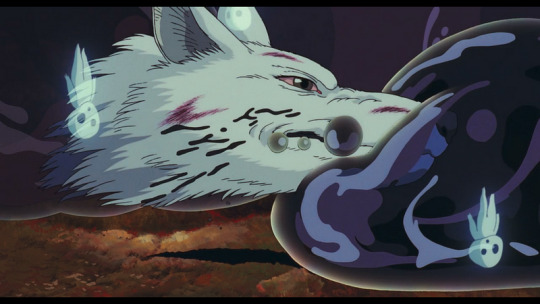
Wolf god Moro’s decapitated head after she mutilated Lady Eboshi. © Studio Ghibli
2.The Night Parade of One Hundred Demons Picture Scroll and
Howl’s Moving Castle
This is more of a visual than content resemblance. The big headed tengu and courtesan riding the cart instantly reminded me of the Witch of the Waste’s disproportionate head when she is similarly looking through the window of her palanquin carried around the city by her loyal henchmen.

Tengu and courtesan riding a cart pulled by a toad. Source: The Japan Foundation

Close-up of the Witch of the Waste. © Studio Ghibli
3.The Nue and Princess Mononoke’s Forest Spirit
If you have ever leafed through The Art of Princess Mononoke book you might know that the Forest Spirit (shishigami) didn’t always have that same soothing smile and piercing eyes that are both amicable and cruel. In the early stages of his development his face was more human-like and uncanny than it is now. Though at first glance he resembles a deer, the Forest Spirit is actually a combination of several animals. This blog post lists them as follows: a red-monkey face covered with blue patterns, cat eyes and nose, goat ears, big body of a wild boar, the fur of a serow, and the tail of a dog. As a whole his appearance is one overflowing with peculiarity.
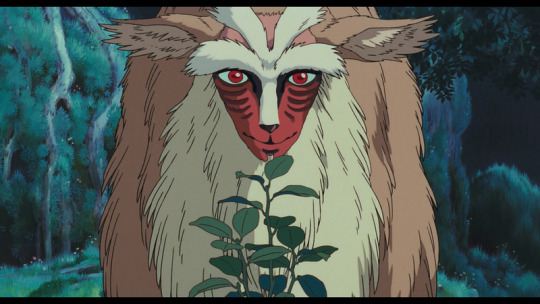
The Forest Spirit preying on a Shinto tree branch. © Studio Ghibli
Similarly the Nue, a legendary yōkai or mononoke, in The Tale of the Heike, is described as having the head of a monkey, the legs of a tiger, the body of a dog and the front half of a snake for a tail. In other writings it is sometimes depicted to have the back of a tiger, the legs of a tanuki, the tail of a fox, the head of a cat, and the torso of a chicken.
The Nue is also said to have the ability to shape-shift, often into the form of a black cloud that can fly. Much like the Forest Spirit who at nightfall changes to the giant Nightwalker (deidarabotchi).
Another similarity worth mentioning is that in both cases the mythical creature is indirectly murdered by the Japanese emperor. Lady Eboshi intends to give the Forest Spirit’s head, which is believed to grant immortality, to the Emperor in return for protection from Lord Asano. In The Tale of Heike, the samurai Minamoto no Yorimasa slays the Nue, because its very existence causes fear in the Emperor who falls ill and is unable to recuperate.

Minamoto no Yorimasa defeats the mythical beast Nue. Source: The Japan Foundation
4.The Foot Washing Mansion and Spirited Away
This nishiki-e print depicts a large-footed yōkai monster that descends from the ceiling and demands to be washed. The story is one of seven stories in the famous Seven Wonders of Honjo and goes as follows: At the time when the flowers were sleeping and the ushimitsu plant was blooming, a horrible, rotten stench would invade the house, and a giant foot bristling with hair would descend from the ceiling accompanied by an enormous sound. If you washed the foot, it would soon disappear back into the ceiling. But if you didn’t, the giant foot would rampage through the house until satisfied.
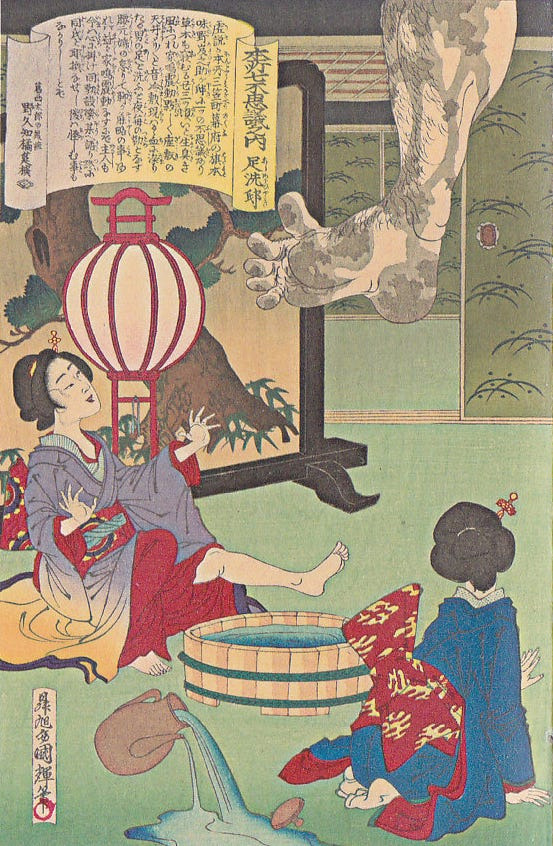
The large-footed yōkai descending from the ceiling. Source: The Japan Foundation
Most of Spirited Away’s plot takes place within a bathhouse for gods and spirits, known as kami, whose proprietor is the greedy witch Yubaba. The majority of these kami habitually visit the bathhouse for a regular wash to keep themselves clean — unlike the unwelcome enormous and foul smelling guest who imposes his presence and causes turmoil. He smells so bad that at first everybody, unsuccessfully, tries to prevent him from entering the bathhouse. Eventually they realise he is harmless — only after Chihiro cleanses him and sets him free from the taint of humanity.
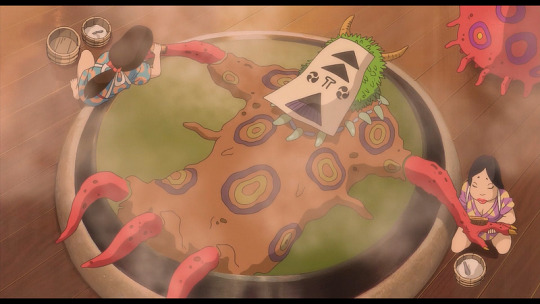
A kami being washed at Yubaba’s bathhouse. © Studio Ghibli
5.Tsuchigumo and Princess Mononoke’s Tatarigami
Tsuchigumo, which literally translates to “dirt/earth spider” is a historical Japanese derogatory term for renegade local clans, and also the name for a race of spider-like yōkai in Japanese folklore.
From the Japanese middle ages (Kamakura/Muromachi/Azuchi-Momoyama periods, or the late 12th to the early 17th centuries) onward, these renegade clans i.e. Tsuchigumo began to be depicted as giant, monstrous spiders. In The Tale of Heike, the samurai Minamoto no Yorimitsu, a member of one of the ruling clans, is depicted how he heroically defeats a giant spider yōkai known as the Tsuchigumo — which is actually a metaphor for him exterminating his opponents.
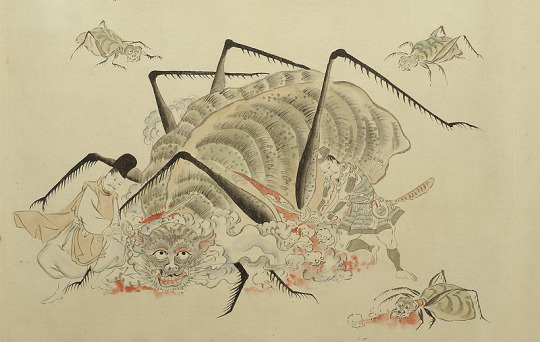
The Samurai Minamoto no Yorimitsu defeats Tsuchigumo i.e. the clans opposing him. Source: The Japan Foundation
Tatarigami (i.e. “cursed god”) is the giant creature from Princess Mononoke that attacks the Emishi village and curses its last prince, the protagonist of the movie, Ashitaka. Behind the shape, resembling a giant spider covered in worms, hides the colossal boar god Nago. Nago is the first god that Lady Eboshi shoots using the then newly developed hand cannons. The iron ball lodged in the boar’s body causes him great pain, which only intensifies his anger and hatred towards humans. Blinded by his desire for revenge, he goes far to the east where, instead of Lady Eboshi, he punishes the native Emishi tribe. While trying to protect his village, Ashitaka kills the demon, but unfortunately the curse falls on him causing the young leader-to-be to leave his homeland.
The aboriginal Emishi tribe that Ashitaka comes from is one of these renegade clans that have been fighting for 500 years against the Japanese emperor — Yamato. They have been losing against him, and now, with their last prince being cursed to death, they are certain to die out.

Tatarigami getting ready to attack the village of the Emishi tribe. © Studio Ghibli
As the samurai Minamoto no Yorimitsu exterminated the opposing clans — Tsuchigumo, so did Ashitaka in a way, by killing the Tatarigami, wipe out this endangered renegade clan, i.e. his own people. Thinking of it this way, the weight Ashitaka bears is enormous.
6.Personified Daikon Radish and Spirited Away’s Oshirasama
According to Japanese ideas of animism, spirit-like entities are believed to reside in all things, both the living and the dead, including natural phenomena and objects. Kami and yōkai inhabit the spirit domain and in shape or nature can be either humans, animals, plants, natural phenomena or artifacts. Like for example this daikon radish (can you spot it?) appearing on omocha-e play pictures made for children’s entertainment as early as the Meiji era (1868–1912).

Yōkai-themed omocha-e. Source: The Japan Foundation
Root vegetables like radishes and carrots have often become internet sensations due to the occasional deformations they suffer. Their wonky shapes might have displeased a farmer in the past and ended up in the garbage instead of as pickles. Similar destiny had already befallen the objects of a house possessed by spirits. Discarded while the house was being exorcised, the aggrieved objects transform into yōkai and start plotting their revenge.
Oshirasama (Radish Spirit or Great White Lord) is the white, hefty, slow-moving guest at Yubaba’s bathhouse who resembles a radish sumo wrestler. His name, Oshirasama, is also the name of a kami of agriculture in the Shinto faith.

Radish Spirit riding the elevator alongside Chihiro. © Studio Ghibli
Have you noticed any of these? Do you perhaps know of another reference I might have missed out. How about re-watching the above mentioned films with this newly gained perspective?
Japanese folklore is rich, extraordinarily original and beautiful. And so are Studio Ghibli’s films.
Source
#princess mononoke#studio ghibli#hayao mizayaki#japanese folklore#yokai#japanese history#spirited away#howl's moving castle#ghibli and yokai
18 notes
·
View notes
Text


Ghibli girls wearing Bulgarian folk dresses.
Source
#studio ghibli#ghibli girls#ghibli#anime#miyazaki hayao#hayao mizayaki#princess mononoke#kiki's delivery service#bulgaria#bulgarian girls#bulgarian folklore#魔女の宅急便#ジブリ#ブルガリア#illustration#artists on tumblr#my art#もののけ姫#emishi girls
578 notes
·
View notes